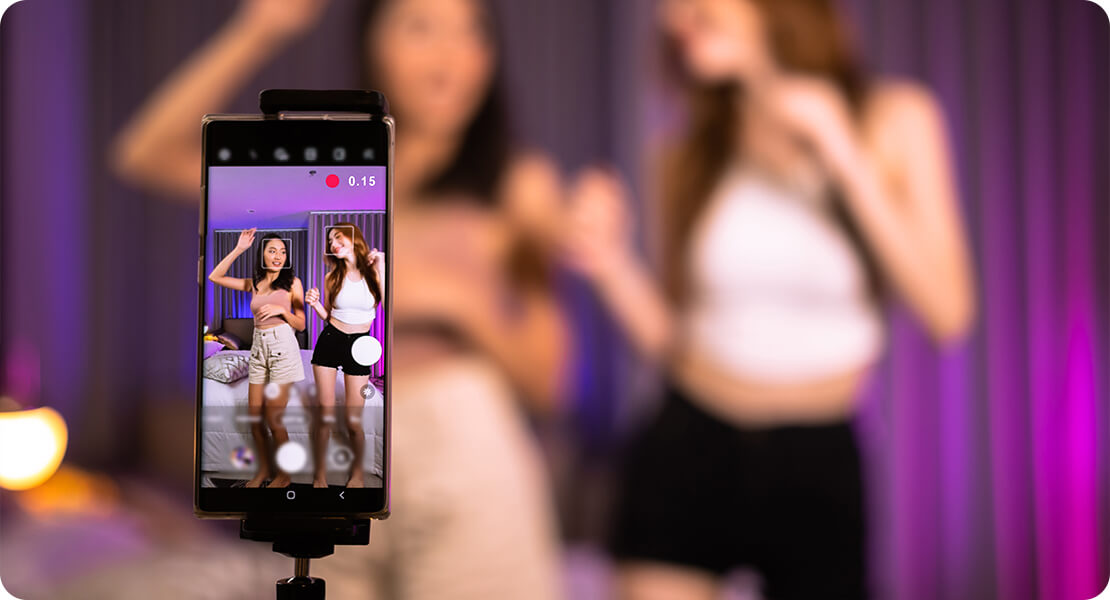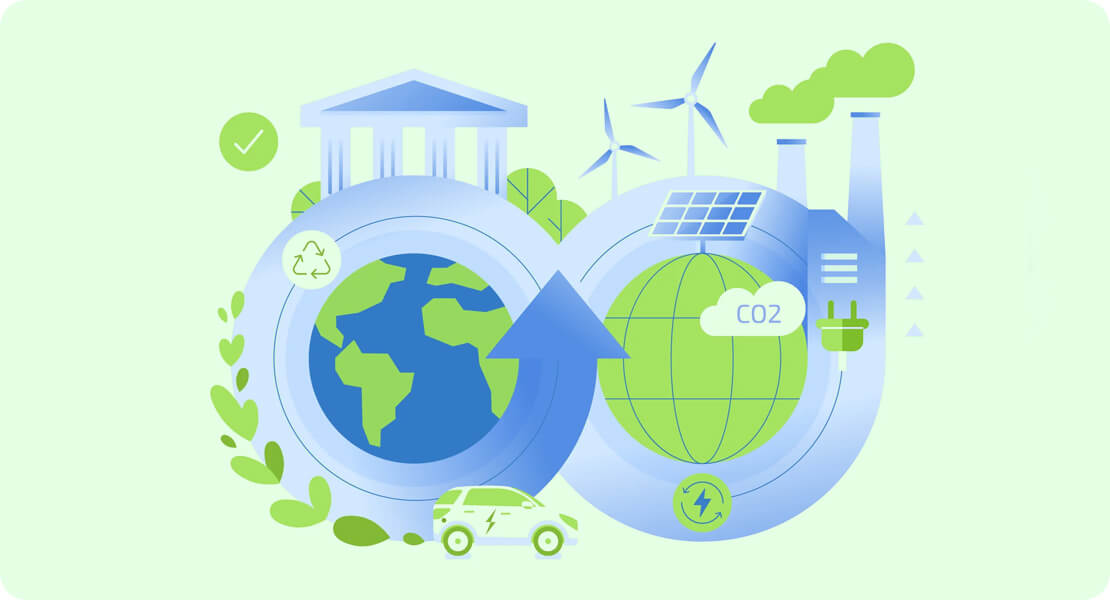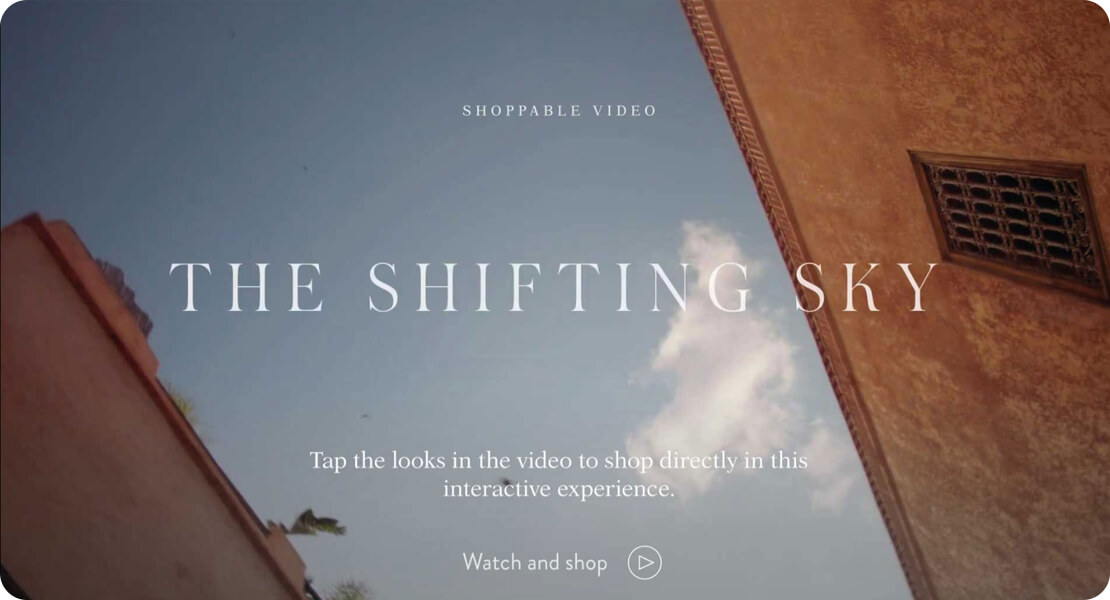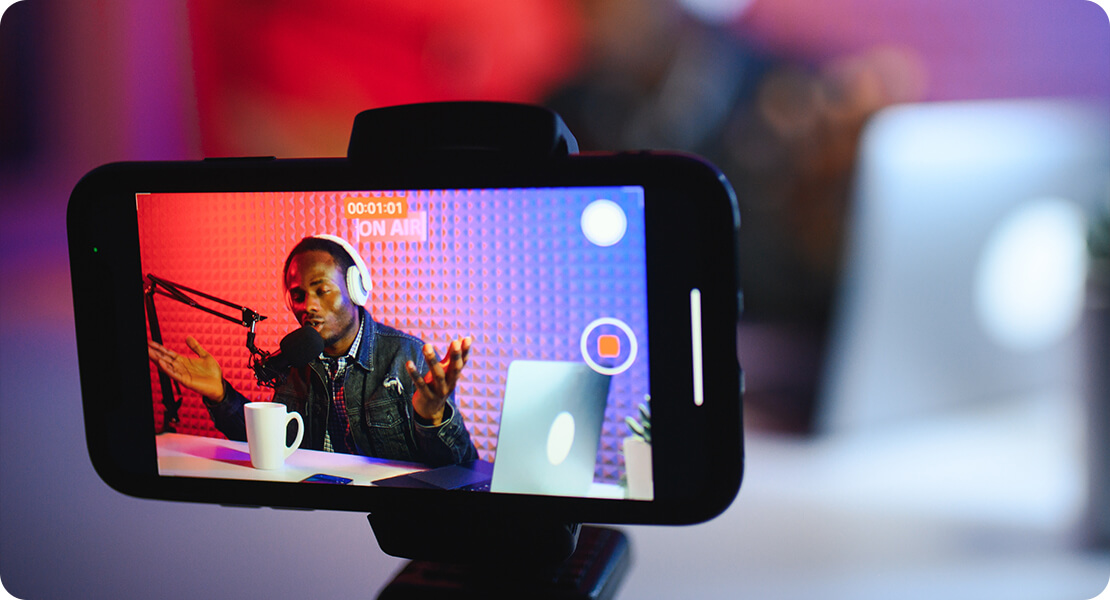
If you’re in the world of video, you already know how quickly things move. What worked brilliantly last year can feel outdated today. In 2025, we’re seeing some exciting shifts in how videos are being produced, consumed, and valued. Whether you’re a business owner, content creator, or agency pro, staying ahead of the curve isn’t optional—it’s essential.
So, let’s dive straight into the top video production trends you’ll want to keep your eyes on this year.
1. AI Is Taking the Lead (But Not Replacing Creatives)
AI has officially moved past being a novelty in video production. In 2025, it’s becoming a practical tool used at nearly every stage of the process. From AI-powered editing platforms that speed up post-production, to tools that generate storyboards, voiceovers, and even scripts—there’s no denying its impact.
But here’s the thing: AI isn’t here to replace creativity. Instead, it’s a powerful assistant. You’re still the brain behind the vision. The clever bit is knowing when and how to use AI to save time without compromising on quality or originality.
Let’s break it down. AI can now auto-cut hours of raw footage into a rough edit in minutes. It can colour grade in real-time based on your preferences, clean up audio, and even suggest music tracks that match the mood of your video. Generative AI can create voiceovers in multiple accents and languages, opening up international markets without extra voice talent. Some tools even allow for “digital reshoots”—generating realistic b-roll or missing shots without having to go back on location.
That said, the real magic happens when humans and machines work together. A well-written script still needs the emotional nuance only a human can bring. An AI-edited video still benefits from a professional eye that knows when to break the rules for creative effect. AI can follow patterns, but it can’t invent a new one. It doesn’t understand subtext, cultural references, or irony—not the way we do.
So instead of fearing the tech, savvy creatives are embracing it. They’re using AI to speed up the boring bits, so they can spend more time on what really matters: telling better stories. In 2025, the winning formula isn’t AI vs humans—it’s AI with humans, working in harmony.
2. Vertical Video Is Now the Norm, Not the Trend
Let’s be honest—there was a time when vertical video was seen as a compromise. Not anymore. Thanks to the dominance of TikTok, Instagram Reels, and YouTube Shorts, vertical is the format audiences are most familiar with. In fact, in many cases, it’s preferred.
Brands and creators are now producing specifically for vertical, rather than just cropping widescreen content. If you haven’t already built vertical-first into your strategy, 2025 is the year to do it.

The reason for this shift is simple: it fits how people naturally use their phones. We scroll vertically, hold our devices upright, and consume bite-sized content throughout the day—whether on a commute, in a queue, or just killing time. Vertical video meets the audience where they are, in the format they instinctively engage with. It’s seamless, immersive, and more intimate than traditional widescreen.
But it’s not just about orientation—it’s about intention. Vertical-first content requires a different visual approach. You’ve got less horizontal space, so framing, text placement, and composition need to be rethought. Facial expressions, close-ups, and punchy motion graphics work brilliantly here. There’s a reason mobile-native creators have developed such sharp instincts for storytelling within these vertical confines—it works.
Even platforms that weren’t traditionally vertical are adapting. YouTube’s mobile layout now prioritises Shorts, and TikTok is increasingly being used for longer-form vertical content. The old idea that vertical was for quick, throwaway videos has gone out the window. Now, even high-end campaigns are being shot with vertical in mind from day one.
If you want your content to land, you need to design it for how people actually watch. In 2025, that means thinking vertically—from script to shoot to screen.
3. Hyper-Personalised Content Is Winning Viewers
Generic messaging just doesn’t cut it anymore. Audiences expect content that feels like it’s been made just for them. Thanks to data-driven insights and dynamic video tools, personalisation is reaching new heights.
We’re talking location-based visuals, name personalisation in animations, and even tailored product recommendations—all baked into the video itself. If you can make someone feel seen, you’ve got their attention. And in 2025, attention is everything.
But hyper-personalisation isn’t just a gimmick—it’s a strategic advantage. Brands that invest in personalised video are seeing higher engagement, longer watch times, and better conversion rates. That’s because these videos tap directly into the viewer’s needs, preferences, and behaviour. Whether it’s a birthday message from a brand ambassador or a product demo that features the viewer’s own name and usage history, the result feels relevant and personal.
Tech platforms now make it possible to scale this kind of content without turning it into a logistical nightmare. Tools like dynamic video templates and CRM integrations allow marketers to create thousands of unique video variations from a single base file. And because everything is backed by real-time data, these videos can be updated and delivered automatically based on user actions—clicks, views, purchases, and more.
It’s also becoming a key tactic in account-based marketing (ABM) strategies. Imagine sending a personalised explainer video to a key decision-maker that references their company by name, addresses a known pain point, and offers a solution tailored just for them. That’s not just impressive—it’s impactful.
In 2025, the question isn’t whether you should personalise your video content. It’s how far you’re willing to take it. If you can make each viewer feel like the hero of the story, you’ve already won half the battle.
4. Sustainability in Production Is Non-Negotiable
It’s not just about the content anymore—it’s about how it’s made. Sustainable video production is gaining serious traction. More brands are asking for low-carbon shoots, eco-friendly equipment, and minimal travel.

Virtual production studios and remote collaboration tools are making this easier to achieve without sacrificing creativity. If your production process is greener, your brand reputation will thank you.
In 2025, environmental consciousness is no longer a niche concern—it’s mainstream. Audiences, especially younger demographics, are increasingly looking at the ethics behind the content they consume. They want to know that your brilliant cinematic ad didn’t come at the expense of the planet. As a result, sustainability isn’t just a nice-to-have—it’s a brand value.
Production companies are adapting by embracing practices like using LED lighting instead of traditional tungsten, hiring local crews to cut down on travel emissions, and opting for electric vehicles on set. Even wardrobe and set design are seeing greener alternatives, with costume reuse, eco-friendly materials, and digital backdrops replacing waste-heavy builds.
One of the biggest game-changers is the rise of virtual production. With LED volume stages and real-time rendering, entire scenes can be created digitally—saving the need for travel, physical sets, or weather-related delays. Not only is this a massive win for the planet, but it also offers greater creative control and reduces costs over time.
Remote shooting has also been embraced post-pandemic, allowing teams to collaborate across continents without ever boarding a flight. Cloud-based editing and asset sharing mean fewer couriers, hard drives, or printed call sheets.
Brands that are transparent about their sustainability efforts—and back them up with tangible action—stand to gain both credibility and customer loyalty. In 2025, going green isn’t just responsible—it’s a smart business move.
5. User-Generated Content Is Getting a Professional Twist
We all know UGC works—it’s authentic, relatable, and trusted by audiences. But in 2025, we’re seeing a shift towards curated UGC. Brands are still tapping into real people and real stories, but with better lighting, clearer sound, and stronger storytelling.
Think of it as UGC 2.0—raw, but refined. And if you’re not already collaborating with creators or your own customers, you’re missing a massive opportunity to build trust and engagement.
This evolution of user-generated content isn’t about polishing away its charm—it’s about enhancing its quality to meet modern content standards. Audiences still want that real, unfiltered energy, but they also expect a certain level of production value. This means guiding contributors with clear briefs, providing basic tools or kits (like ring lights or clip mics), and even offering creative direction to help shape the narrative.
Brands are increasingly partnering with micro-influencers and everyday customers who have a genuine passion for their products. Why? Because this kind of content outperforms traditional ads. It feels real. It is real. But now, it’s presented in a way that aligns with your brand’s visual identity and tone of voice.
Platforms like TikTok and Instagram have even introduced branded content tools that allow creators to disclose partnerships while maintaining that native, user-first look. Meanwhile, some brands are building dedicated communities of creators—essentially their own in-house UGC army—to generate content on a rolling basis.
UGC with a professional twist gives you the best of both worlds: authenticity with polish. And in 2025, audiences are savvy—they can spot a fake a mile off. But when real stories are told with care and clarity, they resonate deeply. So, don’t just post about your brand. Let your community tell the story—and help them do it well.
6. Short-Form Storytelling Is a Must-Have Skill
The average attention span? Tiny. That means your ability to tell a compelling story in 15, 30, or 60 seconds is more important than ever. But it’s not just about being fast—it’s about being focused.
Every second counts. In 2025, great video producers know how to hook the viewer in the first three seconds and leave a lasting impression by the end. If you’re used to long-form, this might feel like a shift, but it’s a skill worth mastering.
Short-form storytelling requires precision. You can’t waste time with lengthy intros or slow build-ups. Your story structure needs to be lean and purposeful: grab attention, deliver value, and drive action—all in under a minute. It’s a lot like writing a great headline, but with visuals, audio, and pacing thrown into the mix.
This style of storytelling is especially effective on mobile-first platforms like TikTok, Instagram Reels, and YouTube Shorts, where users scroll quickly and expect immediate engagement. The best short-form creators understand the nuances of pacing, rhythm, and visual hooks. They use bold visuals, catchy music, and sharp edits to keep eyes glued to the screen.
But this isn’t just about social content. Brands are using short-form formats for ads, explainers, testimonials, and even product reveals. Short videos are perfect for teaser campaigns, event highlights, and quick how-tos. And when done right, they can outperform longer videos in terms of views, shares, and conversions.
The trick is to treat short-form content with the same level of care as any big-budget campaign. Storyboarding, scripting, testing different versions—it all matters. In 2025, short-form isn’t a filler format. It’s a core storytelling skill, and one that sets apart the scroll-stoppers from the scrollers.
7. Shoppable Videos Are Changing E-Commerce
This one’s a game-changer for online brands. Shoppable videos—where viewers can tap to buy without ever leaving the video—are now mainstream. Platforms like Instagram and TikTok are making it seamless, and consumers are loving the convenience.

If you’re in retail or e-commerce, integrating this into your content is no longer optional. It turns passive viewers into active buyers, right then and there.
In 2025, shoppable videos are transforming the entire purchase journey. Instead of sending people away from the video to a product page, everything happens within the same environment—watch, click, buy. The fewer steps a customer has to take, the higher the conversion rate. It’s that simple.
We’re also seeing more integration with livestream shopping. Think of it like a modern-day QVC, where influencers or brand reps showcase products in real-time, answer questions in the comments, and offer limited-time deals. The sense of urgency, combined with direct interactivity, makes it incredibly effective. In fact, many brands are building weekly or monthly livestream events into their content strategy.
But it’s not just about hard selling. The most successful shoppable videos offer genuine value first—styling tips, tutorials, behind-the-scenes glimpses—and weave in product links naturally. Viewers aren’t just buying a product; they’re buying into a story, a lifestyle, an experience.
Even better, AI and analytics are powering these experiences in the background. Brands can now track viewer behaviour in granular detail—where they paused, what they clicked, how long they watched—then use that data to optimise future content.
In short, shoppable video turns content into commerce. If you’re serious about growing online sales in 2025, this isn’t just a trend—it’s the future of e-commerce.
8. Motion Graphics Are Stepping Up
Static text is out. Motion graphics, animated typography, and kinetic branding are the new visual language. They’re being used to explain, impress, and enhance every type of video content—from explainer videos to social ads.

And thanks to better tools and smoother workflows, even small teams can now produce high-end motion graphics without breaking the bank. So, if you want your videos to stand out in 2025, adding movement is a must.
Today’s audiences are more visually literate than ever, and they expect content that’s dynamic, polished, and visually engaging. Motion graphics provide a powerful way to simplify complex ideas, elevate your brand aesthetic, and direct attention exactly where you want it—fast.
Need to explain how your app works? A sleek, animated walkthrough can do the job in 30 seconds. Want to highlight key stats from your annual report? A kinetic typography reel can bring those numbers to life. From brand reveals and logo animations to product launches and event promos, motion graphics make your message more memorable and easier to digest.
And the tools available in 2025 are more accessible than ever. Platforms like After Effects, Blender, and Canva Pro have become more user-friendly, offering pre-built templates, auto-animation features, and integrations with video editing software. This means you don’t need a full-time animator to create scroll-stopping visuals—just a solid concept and the right toolkit.
We’re also seeing motion graphics merge with real-time technologies. With interactive elements, viewers can now engage with animations, trigger effects, and explore content at their own pace. This is particularly powerful in explainer content, training modules, and immersive campaigns.
In short, motion graphics are no longer an afterthought—they’re a core part of modern video strategy. If you’re looking to boost professionalism, clarity, or simply wow-factor, moving visuals are your secret weapon.
9. Live Streaming Is Getting Professional
Live video isn’t new—but the way we do it in 2025 is. Gone are the days of shaky phone cameras and dodgy Wi-Fi. Audiences now expect high production values, even in real-time.

Brands are investing in multi-camera setups, proper lighting, and live interaction tools to make streams feel like full-on TV broadcasts. If you’re going live, do it properly—or risk looking amateurish.
The evolution of live streaming has been rapid, driven by changing viewer expectations and competitive content landscapes. In today’s environment, your audience isn’t just comparing your live event to another brand—they’re comparing it to Netflix, YouTube Live, and high-profile influencers who’ve nailed their setup. That means audio quality, visuals, lighting, and timing all matter—immensely.
Professional-grade streaming software like OBS Studio, StreamYard, and vMix has become more accessible and intuitive. Many brands are now using dedicated streaming studios, virtual sets, and hybrid setups that mix live footage with pre-recorded elements to create seamless, engaging experiences. The goal? To deliver polished, interactive content that keeps viewers watching longer and encourages real-time engagement.
Interactivity is also on the rise. Live polls, Q&A sessions, live shopping integrations, and audience shoutouts are being built into streams to turn passive viewers into active participants. This sense of inclusion creates community, and community drives loyalty.
Whether it’s a product launch, panel discussion, behind-the-scenes tour, or live Q&A, the bar has been raised. A poorly executed live stream can do more harm than good, making your brand look unprepared or unprofessional. But get it right, and live streaming becomes a powerful tool for transparency, real-time engagement, and audience connection. In 2025, if you want to make an impact live, you need to treat it like broadcast TV—because your audience certainly will.
10. Authenticity Still Rules the Day
Among all the tech and trends, this one remains constant: people crave realness. Over-produced, overly scripted videos are losing their edge. Instead, raw, honest storytelling is what cuts through the noise.
Whether you’re filming with a smartphone or a cinema camera, what matters most is that your video feels human. In 2025, authenticity isn’t a trend—it’s the baseline.
Audiences have developed an almost instinctive radar for insincerity. They know when they’re being marketed to, and they’ll switch off the moment something feels fake. That’s why the most successful brands and creators are leaning into transparency, vulnerability, and real experiences.
Authenticity doesn’t mean poor quality—it means honest intent. It’s the founder speaking directly to camera about the journey, the customer review shot at home with no script, the behind-the-scenes moments that weren’t meant to be perfect. These are the moments people relate to. They build trust, and trust builds loyalty.
We’re also seeing a rise in unscripted formats—video diaries, vlogs, docu-style content, and social-first stories that feel spontaneous, even if they’re carefully planned. These formats allow room for real emotions, real reactions, and real conversations. They show the human side of a brand, not just the polished surface.
Authenticity is especially important for younger audiences. Gen Z and Gen Alpha value purpose, inclusivity, and social responsibility. They expect brands to show their values, not just state them. That means owning up to mistakes, spotlighting diverse voices, and keeping things honest—even when it’s messy.
In 2025, video isn’t just about looking good—it’s about being real. The brands that embrace this aren’t just keeping up; they’re leading the conversation. Because when everything else feels filtered and curated, authenticity becomes the most powerful story you can tell.
Final Thoughts
The video production world is evolving fast, but that’s what makes it so exciting. In 2025, success doesn’t come from chasing every trend—it comes from knowing which ones align with your goals, your audience, and your brand voice.
Use these trends as a compass, not a checklist. Stay flexible, keep experimenting, and never lose sight of the power of a good story.
Because no matter how much the tech changes, great storytelling is always in fashion.
And if you’re interested in video production for your business, feel free to contact us here at Spiel for a chat.

